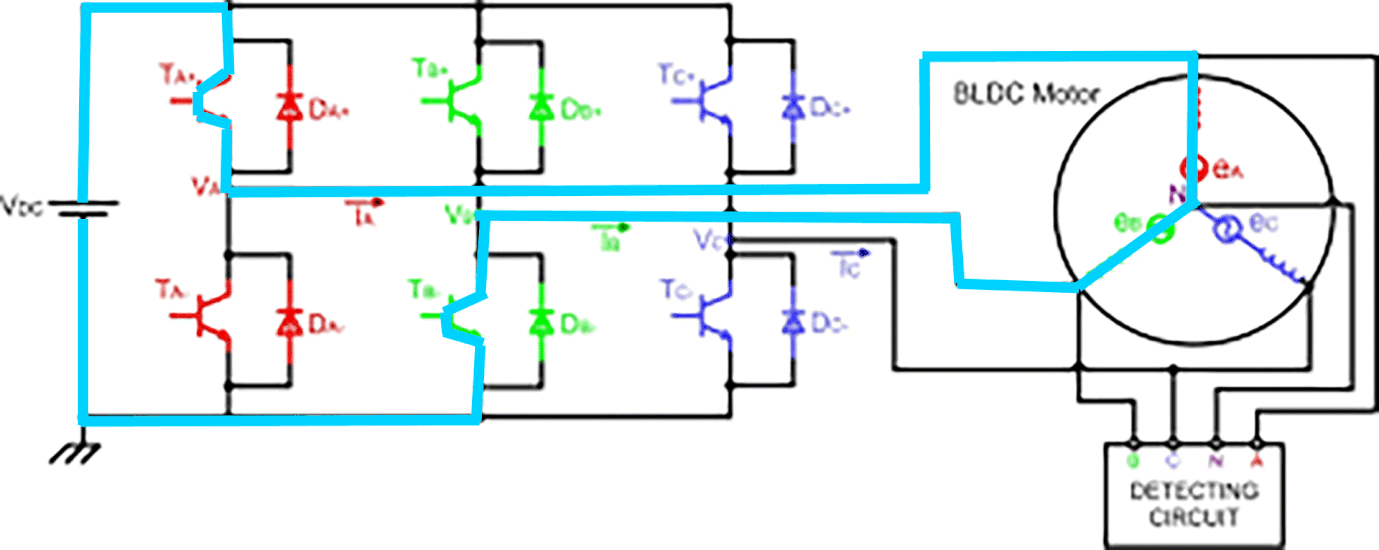So the faster you spin with higher reduction, the better. But what about ESC efficiency?
For identical setups one running 50k erpm and the other 100k erpm with twice the reduction, will the 100k erpm produce more waste heat in the ESC?
since the motor current is the same in both cases, the ohmic heating of the controller is also the same, or slightly cooler with the 200kv since the battery current is less
So the switching frequency has no effect on mosfet efficiency? I was sure I read somewhere that higher switching frequency will produce more heat at the same current. 
Just throwing another point
A motor is most efficient when the copper loses are equal to the core losses
If this is something you will pursue seriously, a inertia dynamometer is something to look for
Grab a bunch of motors and test them, while the copper losses and Kv tell part of the story, we don’t have data on core loses, and at the low load and low currents you will run at 20 km/h, the core loses can play a significantly part in the the overall loses
My current board, with dual 6355 can do 7.8 Wh/km it I limit the top speed to 25 km/h
So your 12S1P if 50E (~222 Wh) could already do the 20 km your require at even faster than 20 km/h
the switching frequency is not the same as the commutation frequency… the switching frequency is the frequency that the battery is disconnected and reconnected to the motor during a single commutation, and is unaffected by the motor spinning faster
the controller is doing this hundreds of times (or at least dozens) during a single commutation:
the switching frequency is responsible for the tiny spikes that are visible in this current plot of the relatively constant motor current in between commutations in BLDC:
Up to a point, core losses are proportional to speed square or sometimes cubed, there is a point that it makes no sense to spin the motors fast since you just loose efficiency
@professor_shartsis @Pedrodemio
So would something like 270kv motors make sense on a 12s setup provided sufficient reduction can be achieved for a reasonable top speed?
Seems like that setup will have very little cogging on sensorless starts.
Very bad freeroll on the other hand. 
i’d say it makes sense
Be nice to see how much current used w that gearing at full speed no load. With belt on and off
Id say we don’t now due to the possible way higher core loses, if you have given motor at hand, plug it in, go in VESC tool, use the rpm control and increase in 1000 rpm increments while taking note at the power consumption, if at some point it starts raising way faster, it would not be more efficient to use this setup
There is so much variables that it’s hard to say what is more efficient, even more considering that riding style matters
This case you proposed, if the riders usually just play around at lower speeds, it would probably have an advantage since the bigger gearing means less current in the esc, but if he keeps at full speed all the time, there a chance a lower Kv motor that spins slower is more efficient
In my experience unless your setup is really inefficient with undersized components, it won’t matter too much
When I tried a 1:1 reduction in my board instead of the usual 14/34, the difference in consumption was just 10% more
but that 10% increase all went into heating up your motor (and controller)… 10% of 2000w is 200w… which is a lot of heat
Yeah, it is, but in my mind it would be a whole lot more
The sweep spot is actually not a spot
the wattage that goes to heat production is always a small percentage of the overall wattage drawn from the battery (the rest goes to mechanical wattage)… but when larger and larger percentages of the total wattage start going to heat production rather than mechanical… suddenly things start getting quite hot quite quickly indeed
Waiting for somebody to come up with a pint sized CVT / IVT system for any of these motors… then we talk proper efficiency - I could be wrong though.
wow, thats interesting.
Was it able to sustain the 100mph or whatever a 1:1 ratio was? ![]()
But no brakes w cvt though I think . Then again I guess could run brakes through the cvt as well
Still hoping someone does no-load testing with and without belt and we can see the iron losses and torque ripple losses vs the belt loss
I thought about that before and limited the speed so I wouldn’t get any idea of trying how fast it would go while riding 
if you ever do it again, it’d be interesting to see the chart to see what amps/speed combo it maxes out at
I swear I had posted the logs somewhere but I didn’t manage to find
If you want to try I can send the 3D file for the adapter, it’s just a pulley that is press fit over the current motor pulley
I just want to try to go as efficient as possible under 5wh/km at 20km/h. If I could manage to go 30km with a constant speed of 20km/h, it would be even better.

